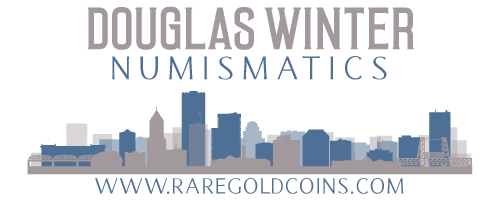Old Coin Holders
/No term gets collectors or dealers more excited than “old holders.” An old holder coin is one that has been graded approximately ten years ago (or more) by PCGS or NGC. Old PCGS holders are often easily identified by having a green label insert and are sometimes smaller in size than the current capsules. Old NGC holders tend to have a somewhat chunky configuration and a totally different internal label which lacks a barcode. Say the words “old holders” and most collectors and dealers think of upgradeable coins. Clearly, grading standards were different back in the late 1980’s and early 1990’s. Many coins were very conservatively graded in the early days of PCGS and NGC and these can often be upgraded today if resubmitted.
So it should be a slam dunk when buying old holder coins, right? I mean it’s got to be a guarantee that an MS64 in an old green label PCGS holder is today’s MS65, no? Well this isn’t always the case. In fact, I would contend at this point in time many green label holders are, in fact, potential downgrades.
Oh sure, there are still some deals out there with groups of PCGS and NGC coins graded in 1990. These invariably wind-up in auction where dealers slug it out and play games of “bidding chicken” to see who is willing to stretch the most on potential upgrades. But I would contend that many of the stray old holder coins that collectors see at shows are time bombs.
Let’s say that PCGS had graded 250,000 coins by 1991 (and I’m willing to bet the actual number is substantially higher). The graders at PCGS are only human and certainly 2% of the coins that they had examined were errors on their part. Assuming that these numbers are correct, that means that 5,000 old holder coins exist(ed) that have major problems. These coins have been recolored or expertly repaired or have rim problems. Many of them have not been removed from their old holders because experts have seen them and determined that they will not upgrade. In many cases the only buyer of such a coin will be a naïve collector who is “certain” that “just because it’s in an older holder it has to upgrade.”
Look, I like old holder coins as much as the next guy. Show me an 1839-C quarter eagle in an old PCGS AU50 holder and my hear starts racing with visions of a five or eight point upgrade. But more often than not, most of the old holder coins I see these days are mistakes that are destined to be entombed in their final slab until the game changes.










